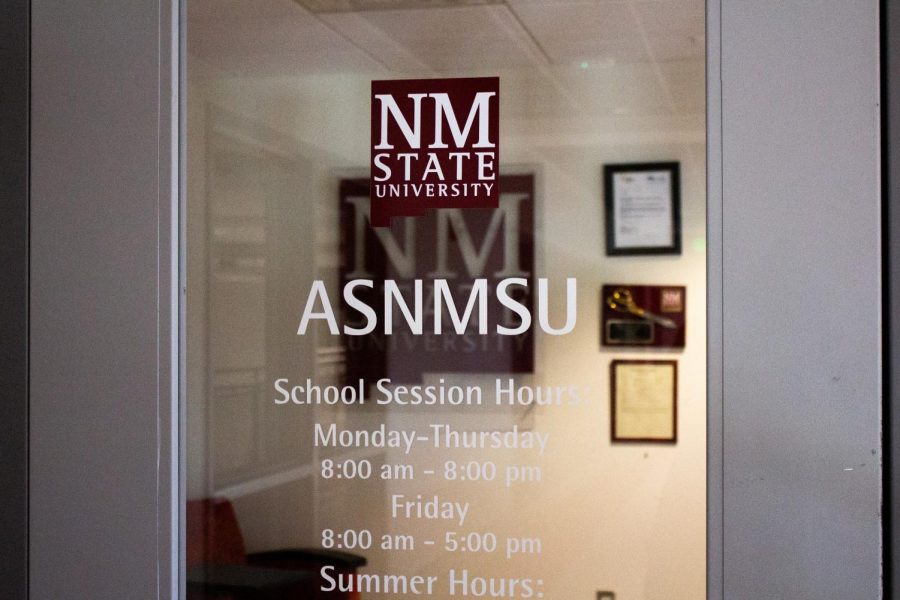Fractional Grading survey shows lack of student support, professors prefer current grading systems
More stories from Rachel Baggett
A recent survey regarding NMSU’s grading systems fell short in student responses.
The Associated Students of New Mexico State University aimed to gather student input regarding fractional grading in December of 2020. A similar survey was also sent out to faculty earlier last year.
Fractional grading considers the pluses and minuses of letter grades. This means that an A- is worth less than an A and a B+ is worth more than a B and so on according to NMSU’s records page.
The survey has a total of five options for students and faculty. Dr. James McAteer, the faculty representative to ASNMSU, reported that the faculty survey yielded some interesting results.
“The interesting part of the faculty survey was the fifth option, which was the one to make a bit of change but not a lot, but it didn’t manage to achieve an overall support greater than 51%, which makes it the second to most favored option after leaving things as they are,” McAteer said.
The faculty survey reported that 66% of undergraduate professors supported keeping the current grading system, and 51% of undergraduate professors supported making minor changes to the current system. Meanwhile, 61% of graduate professors prefer the current grading system while 45% of graduate professors support making minor changes.
According to ASNMSU President Matthew Madrid, fractional grading can help students in many ways, such as giving a student’s GPA a boost from getting a C+ as opposed to a C or a C-.
“Some students may count on that C+ to even out that GPA and allow them to maintain scholarships whether it be an institutional scholarship or the lottery scholarship,” Madrid said.
The student side of the survey has very little turnout, Madrid noted, with the most recent results showing that only 148 students have responded. Madrid said that the aim is to get 1,000 students or more to respond.
“We were shooting for at least 1,000 students to provide their feedback on the survey. So far, we have 148 responses from the survey that we launched,” Madrid said.
It is important for students to respond to the survey, as this data will be passed on to Provost Parker, Madrid said.
“Ultimately that data will be passed on to the provost who kind of oversees everything in terms of faculty, and then the provost will do with that what they will, whether it be to do nothing, or the provost can act on it, but obviously, the equally important part of that is how students feel,” Madrid said.
McAteer also stressed the importance of students replying to the fractional grading survey.
“We are looking forward to what the students survey says when it comes back and to keep on talking about it,” McAteer said. “The survey is not supposed to be the end of the conversation, there’s going to be more conversations left to have. I don’t know what they’ll be or how they’ll turn out, but this definitely isn’t the end of it.”
The survey can be found here.

